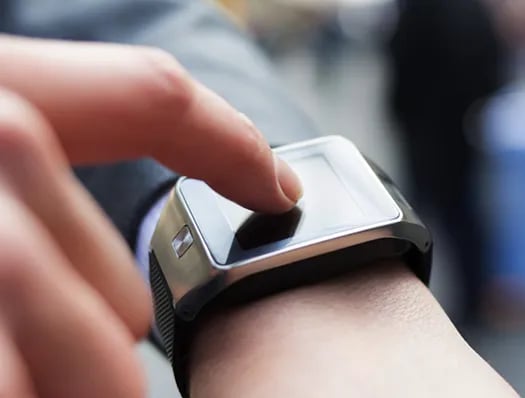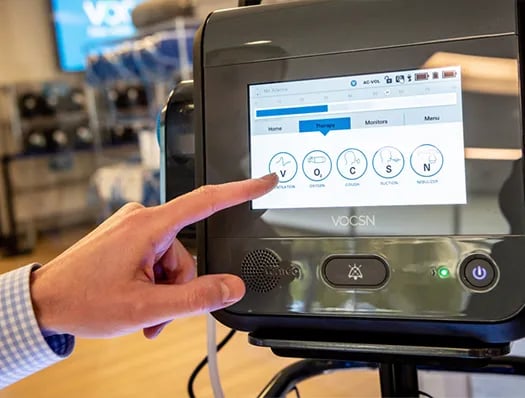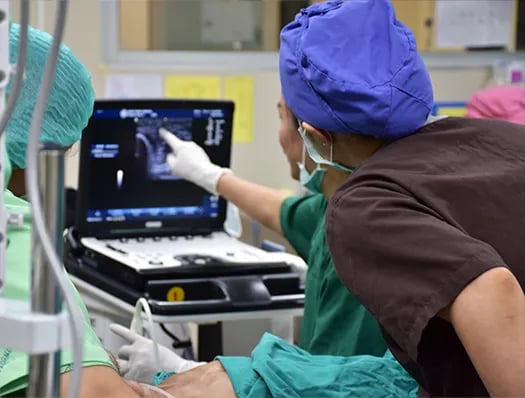Rapidly create your best medical user interface
To keep pace with rapid innovations in patient diagnostics, collaborative care, and connected systems, medical device manufacturers recognize the need to deliver user experiences that streamline complex operations into clear and safe procedures.
Whether it's a portable monitor, infusion pump, or robotic surgery system, our Storyboard embedded GUI development framework is a proven solution for medical GUIs that require high-reliability and ease-of-use for practitioners. Storyboard connects healthcare UX designers and developers in a productive, parallel workflow that accelerates medical user interface design, development, and validation on low-power, low-cost platforms.
.png?width=180&height=67&name=Crank-AMETEK-HZ-Rev%20(4).png)














